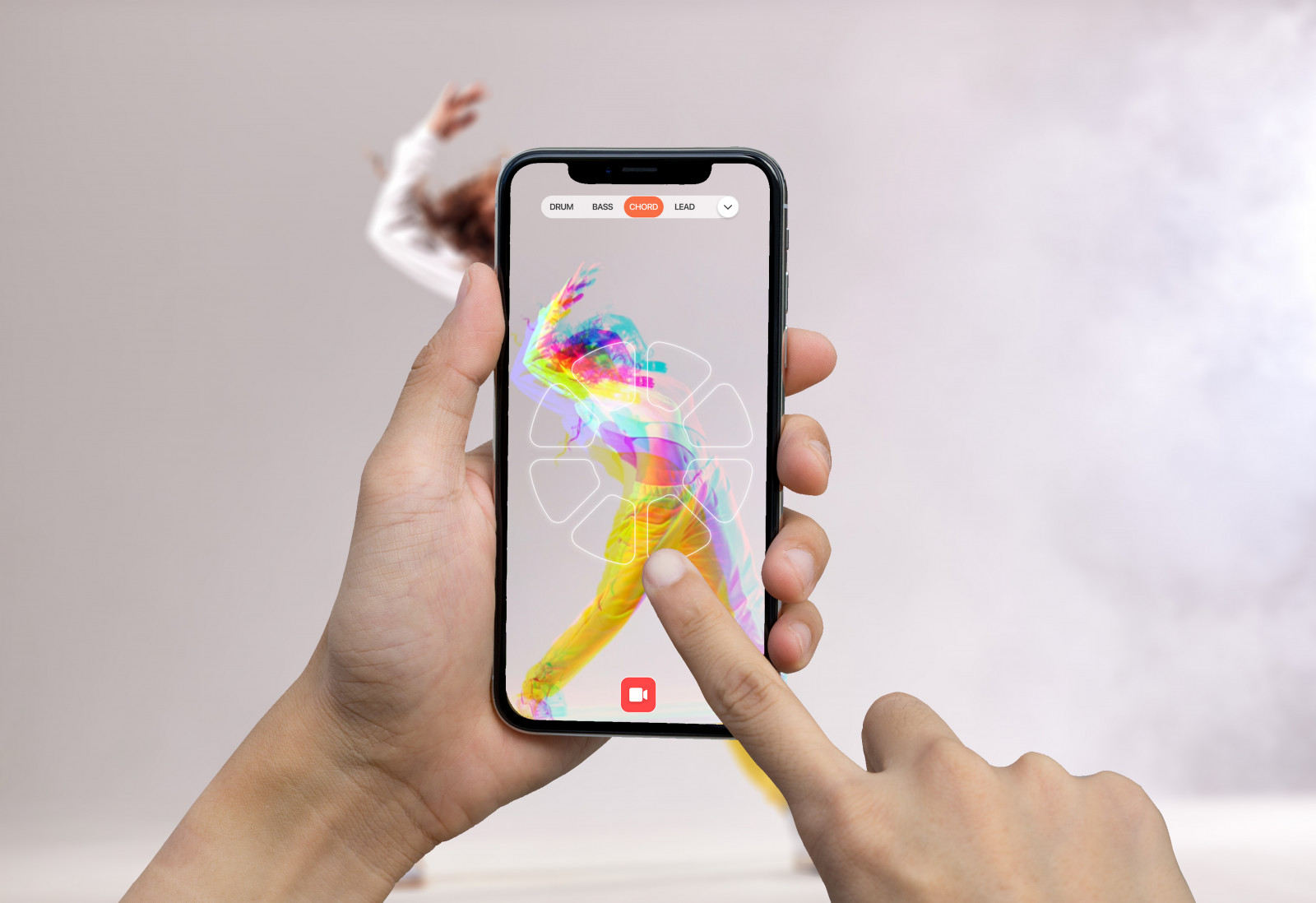Could AI generate music’s Instagram moment?

Photo: Artiphon's Orbacam app. Photo courtesy of Artiphon.

Pop quiz: Is the hit ‘Kill Bill’ sung by SZA or Ariana Grande? The answer is, of course, SZA, but TikTok users could be forgiven for any confusion. An artificial-intelligence-generated version sung in Grande’s voice has been circulating the platform, causing a frenzy. Very serious copyright concerns aside, the trend reflects a key development: how AI might give consumers the tools to play around with music.
The past decade has seen more and more crossover between creator tools and social platforms. In the 2010s, Instagram gave everyone the ability to be an amateur photographer, and over the past few years, TikTok brought a similar capability to videography. The increasing accessibility of easy-to-use tools blurs the line between creator and consumer, and opens the doors for creation as a form of entertainment. Music has always been in line for the same transition, and AI could be the tipping point.
Simplifying music creation
A key reason why music has not had its “Instagram moment” is that it is harder to simplify than art forms like video or photography. Music-making requires serious computing power and an interface with many overlapping layers. This is why it is difficult to translate music-making software and tools (e.g., a keyboard) to a phone screen without it feeling clunky or crowded, unless one were to fundamentally redesign the process.
However, AI could fill in some of the gaps and perform basic tasks for us. Consider Splice’s AI-powered CoSo app: users choose a musical style, and the app generates a basic track based on Splice’s catalogue with up to eight layers of sounds (drums, vocals, guitar, etc.). Then, the user can swipe elements in and out Tinder-style. AI also simplifies stem-splitting — splitting a song into its basic elements — which is essential for creating these building blocks for users to play with.
Featured Report
India market focus A fandom and AI-forward online population
Online Indian consumers are expected to be early movers. They are high entertainment consumers, AI enthusiasts, and high spenders – especially on fandom. This report explores a population that is an early adopter, format-agnostic, mobile-first audience, with huge growth potential.
Find out more…The transition has already begun
All this paves the way for simplified music creation and remixing products integrated within social platforms. Imagine if a TikTok user could not only add a song to their video, but also quickly remix the song’s stems within the app. Or, perhaps they could create their own song for the video.
Smart instrument maker Artiphon’s Orbacam app does just that, layering a musical wheel atop a TikTok-like interface. Other startups dabbling in social music tools are Starmony, Splash, and HYPH, whose very mission is to make “commercial-grade music creation as simple and universal as taking a selfie”. It is not hard to imagine a social platform acquiring one of these startups and integrating their technology. In fact, several major companies are already moving in this direction. ByteDance acquired the AI music startup JukeDeck back in 2019. Snapchat has been deeply involved in AI for years, and recently integrated Minibeats, which lets fans create their own version of songs — although it shut down Voisey, the social music creation app it acquired in 2020. As of last summer, even Spotify was developing tools to let users modify songs. Keep an eye out for more acquisitions in this space.
Good news, bad news
Whenever this shift inevitably takes place, it will bring both new challenges and new opportunities to the music industry. The most obvious challenge is copyright. Technology always evolves faster than the law is able to keep up, and these types of consumer creator tools will require new licensing structures. Complicating this is that creator tools have never been attached to rights — if you buy a Fender guitar and use it to write a hit song, Fender does not own any rights to that hit. But what if you create a hit song within an app? The other obvious challenge is that as the line between consumer and creator blurs, the music landscape will likely become even more congested.
Yet there are also key benefits. If and when those new licensing structures are created, they will open up new revenue streams for music creators, labels, and publishers. Consumer music tools will also bring fans closer to the music they love, helping nurture fandom and elevate music within pop culture. Finally, even though it will inevitably intensify the oversaturation problem, these tools will widen the creator funnel to the traditional music industry. Maybe music's next superstar is just starting to discover music-making on CoSo or Orbacam.
The next steps will take patience
As Aaron Hertzmann notes in his illuminating essay “When Machines Change Art”, new technology tends to impact art in a predictable pattern. When photography was invented, people thought it was going to kill art. The first photographers mainly used cameras to mimic what they had been painting, and an initial wave of sub-par photography followed. But eventually, a period of real experimentation began. Since images of reality were no longer scarce, the realist movement evolved into more abstract forms, like impressionism and expressionism.
Art is a continuous evolution, and it will take time — years or even decades — to figure out how AI fits in with current art forms and, more importantly, creates entirely new ones. It may be years before music’s “Instagram moment” actually comes to fruition, and the earliest versions will inevitably be short-sighted. But we will have to confront this shift eventually, and that will mean being wary of its challenges as well as fully exploring all of its possibilities.

There is a comment on this post, add your opinion.